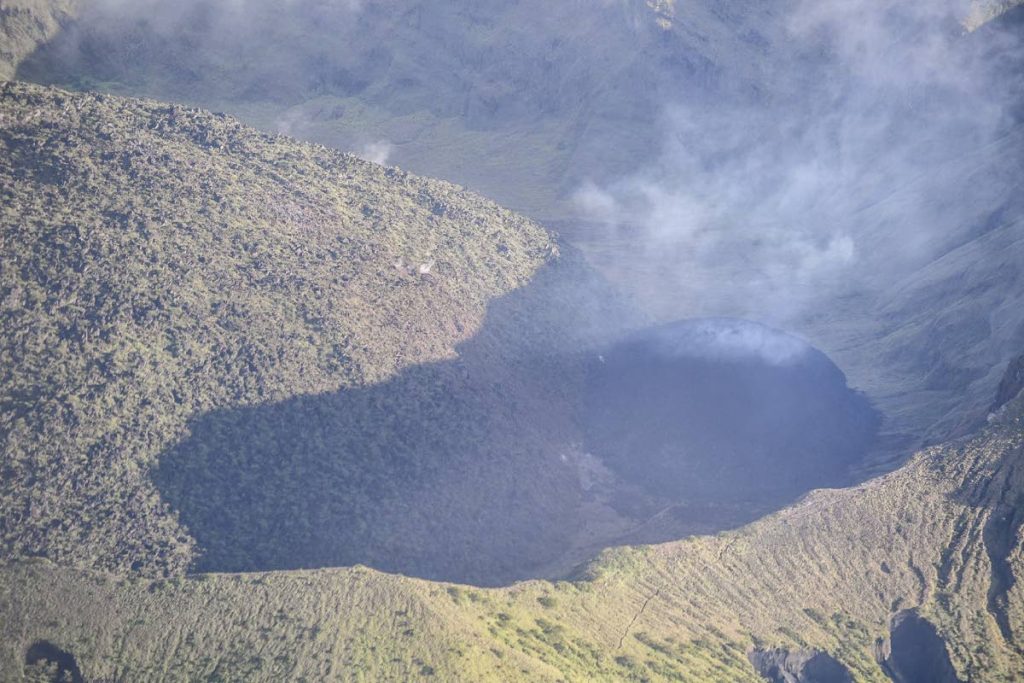Anxiety increases in St Vincent because of volcano

ANXIETY is increasing in St Vincent and the Grenadines as the country is on an orange level warning for La Soufriere volcano eruption.
Newsday spoke with Sheron Garraway, freelance journalist for The Vincentian, on Sunday who said approximately 30,000 people live in the dangerous red zone of the volcano.
La Soufriere's last eruption was on Easter Sunday in 1979. No one was injured but it cost the Vincentian government US$100,000,000 according to the University of the West Indies (UWI) Seismic Research Unit.
Garraway said La Soufriere started showing signs of erupting in November, and this adds to the anxiety as residents know the volcano behaved in a similar manner in 1971 before erupting in 1979.
La Soufriere's eruptions have become like a folklore tale for Vincentians – particularly for those who in 1979 lived through that eruption.
"On Good Friday there was a big bang, ash went up in the air like it was a big cloud,“ Garraway said.
“The ash fell like rain. The rivers were hot. There was some lava, not in the villages, it was still around the forests...Nobody died. This thing was so bad, Barbados got ash. Their crop for the next year was one of the best crop."
The red danger zone covers a quarter of the island, but the whole island is concerned about being affected.
"My mom was telling me when she stepped out of her home in Kingstown (in 1979) her feet were covered in ash. The entire country was covered in ash. The other times it exploded, in the 1900s and 1800s, the older folks would talk about when people died."
Recently, Garraway interviewed 20 people in the area – 18 of them are packed and ready to move, but they are not too sure where to.
"I spoke with a lady yesterday (Saturday). She said she does not know who she is going to move in with.
The area surrounding the volcano has a high density of indigenous Kalinago people.
Garraway said, during colonial times people known as the Garifuna, descendants of the Kalinago and enslaved Africans, were moved to that area. During the 1718 eruption, there were a lot of deaths among the indigenous population.
The area around the volcano is used for farming. Considerable damage was done to the sugar industry during the 1812 and 1902 eruptions. In 1902, 1565 people died.
Currently there is no one living on the volcano's hill, and people are not allowed to enter that area.
There are three volcanic systems named soufriere in the Eastern Caribbean: Soufriere de Guadeloupe, the Soufriere Hills in Montserrat and Soufriere in St Vincent. The UWI Seismic Unit's website says the term soufriere is derived from soufre – the French for sulphur.
"In many volcanic areas, sulphur is naturally deposited at the surface by the volcanic gases and has traditionally been extracted and used by people. A soufriere is, by definition, such a place where sulphur is naturally deposited and is often associated with a volcano."
Garraway said there is a smell of rotten eggs in the area – a sign of sulphur. She said many people are now afraid of dying in their sleep because of toxic gases.

Comments
"Anxiety increases in St Vincent because of volcano"